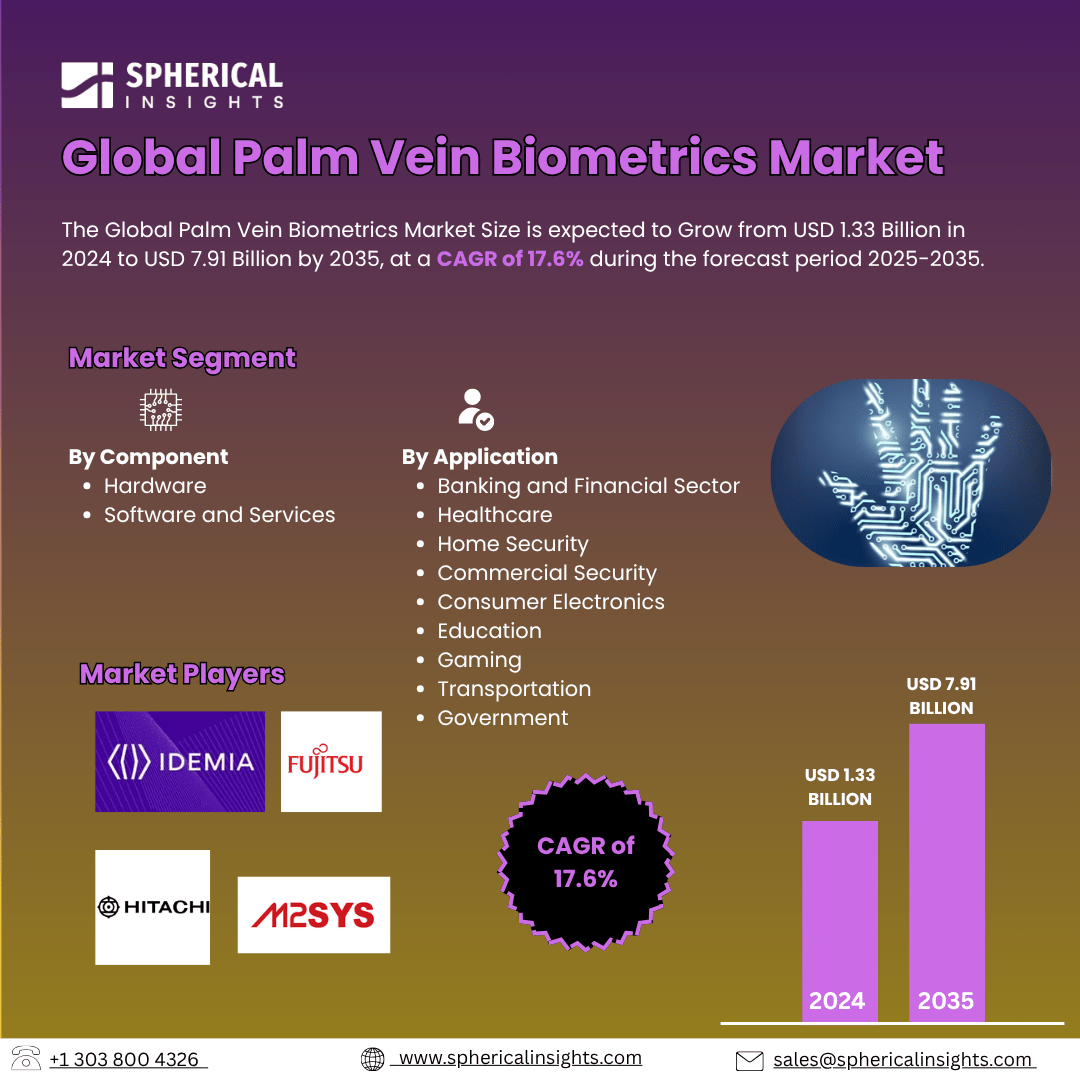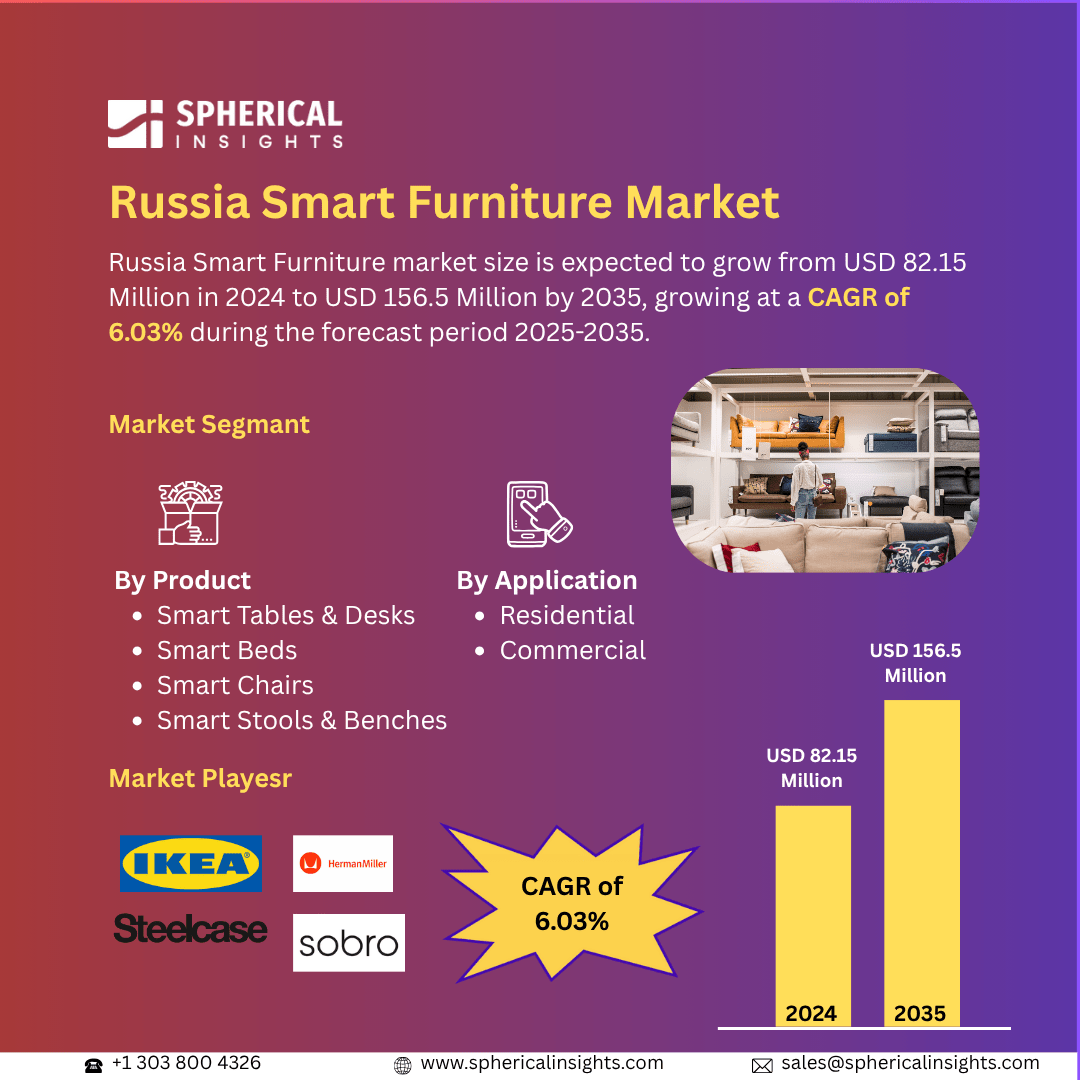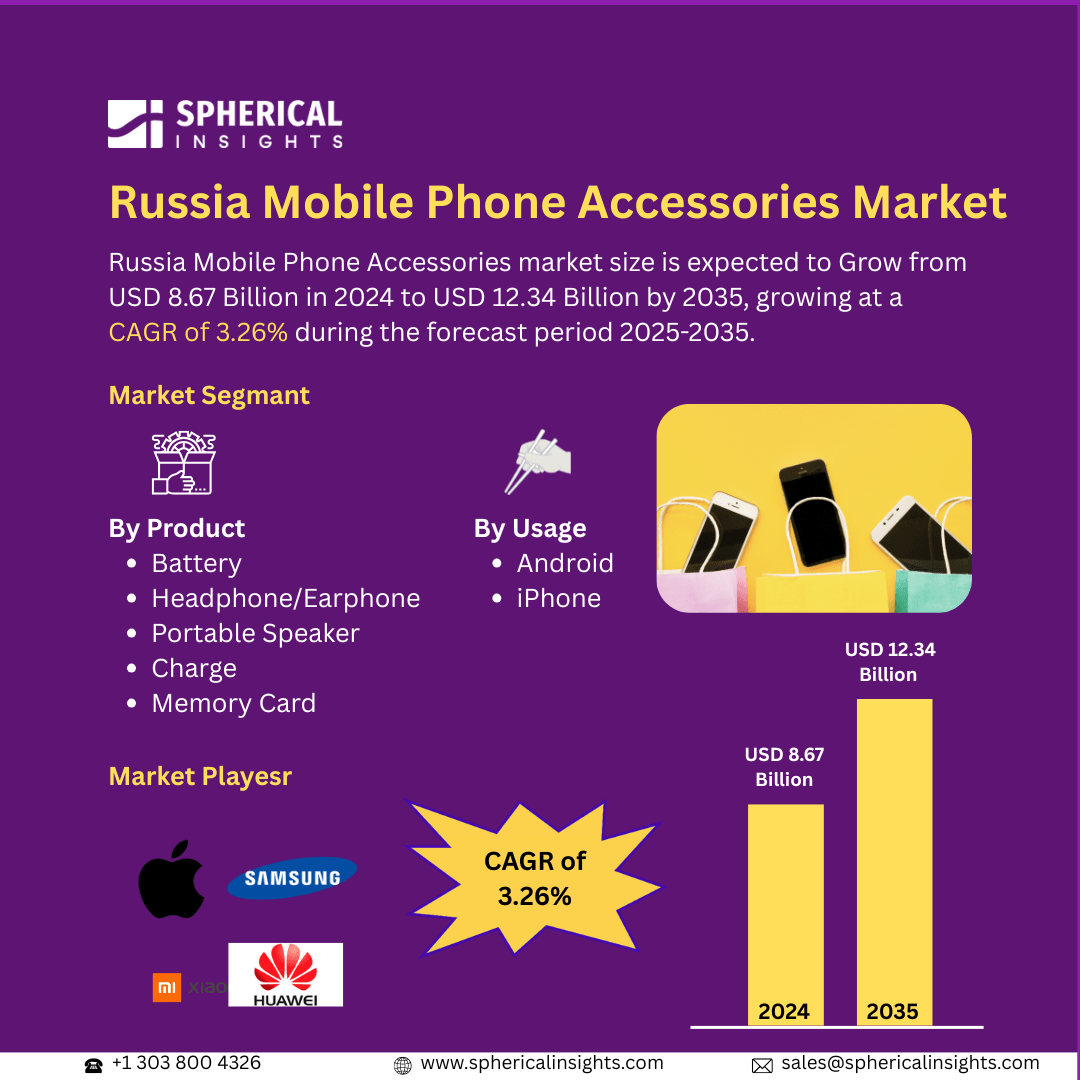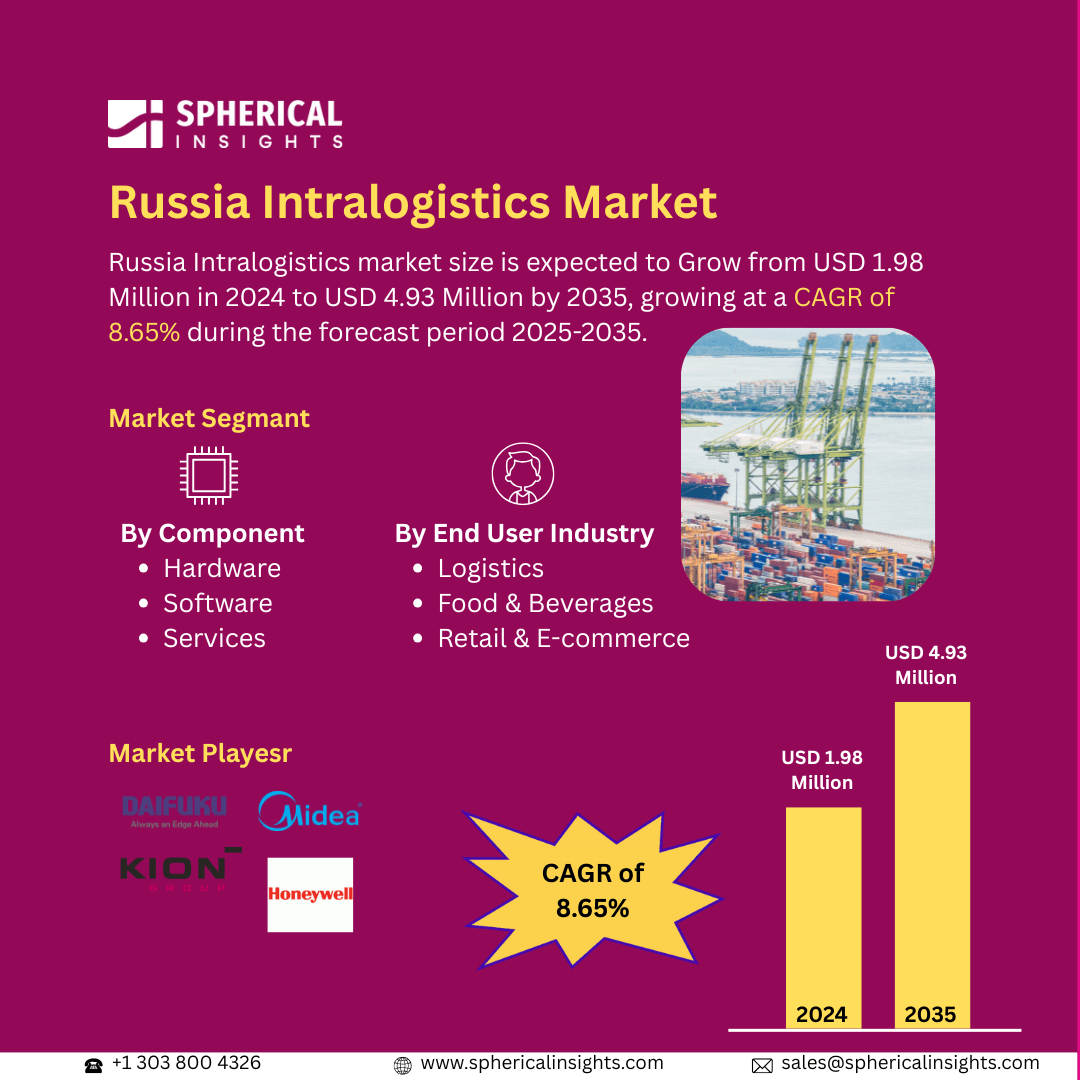Global Palm Vein Biometrics Market Insights Forecasts to 2035
- The Global Palm Vein Biometrics Market Size Was Estimated at USD 1.33 Billion in 2024
- The Market Size is Expected to Grow at a CAGR of around 17.6% from 2025 to 2035
- The Worldwide Palm Vein Biometrics Market Size is Expected to Reach USD 7.91 Billion by 2035
- Asia Pacific is expected to grow the fastest during the forecast period.
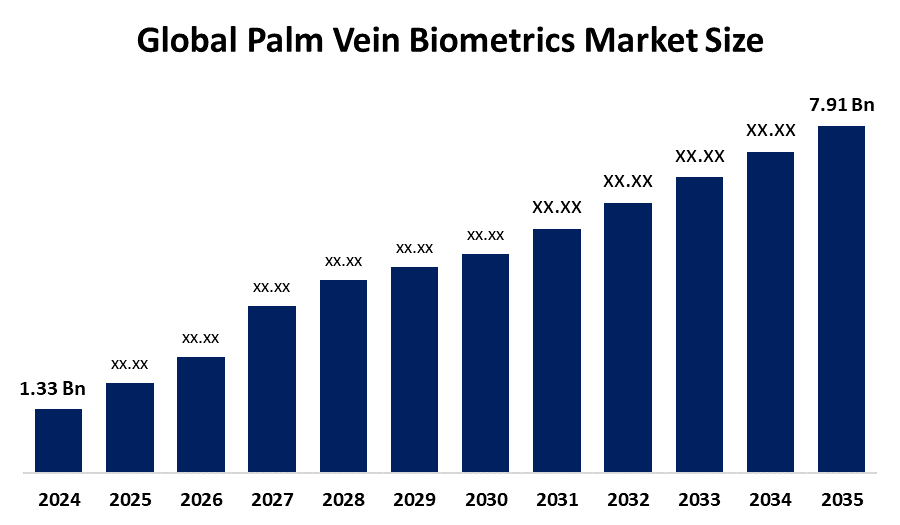
Palm Vein Biometrics Market
The global palm vein biometrics market is experiencing significant growth due to rising demand for secure, contactless authentication solutions. Palm vein technology uses near-infrared light to scan the unique vein patterns within a person’s hand, offering a high level of accuracy and security. Unlike fingerprints or facial recognition, palm vein systems are contactless and difficult to forge, making them ideal for sensitive applications. Governments worldwide are supporting biometric integration in public services, digital identity programs, and secure access control systems, further driving market adoption. This includes initiatives aimed at enhancing national security, streamlining citizen identification, and modernizing infrastructure. In sectors like banking, healthcare, and enterprise security, organizations are increasingly deploying palm vein systems to protect data and ensure secure user access. With growing awareness of biometric benefits and advancements in AI-based identification systems, the palm vein biometrics market is poised to expand steadily as part of the broader shift toward digital transformation.
Attractive Opportunities in the Palm Vein Biometrics Market
- With growing demand for contactless, secure authentication, sectors like banking and healthcare are increasingly adopting palm vein biometrics to protect sensitive data and ensure safe access. This opens significant growth avenues as organizations prioritize hygiene and robust security, driving widespread deployment of palm vein technology.
- The integration of palm vein biometrics into mobile platforms and IoT devices presents new frontiers for market expansion. Combined with AI and cloud-based systems, these applications enhance performance and scalability, creating fresh opportunities for vendors to innovate and capture market share in fast-growing digital ecosystems.
Global Palm Vein Biometrics Market Dynamics
DRIVER: Government initiatives promoting biometric identification
The growth of the palm vein biometrics market is driven by several key factors. Increasing demand for secure and contactless authentication, especially in healthcare, banking, and government sectors, is a major driver. The technology’s high accuracy, non-intrusive nature, and resistance to forgery make it ideal for sensitive applications. Government initiatives promoting biometric identification and digital transformation further boost adoption. Additionally, the rise in cyber threats and data breaches has heightened the need for robust security solutions. Advancements in AI and biometric software are also enhancing system efficiency and scalability, making palm vein recognition a preferred choice for modern identity verification.
RESTRAINT: Integration with existing security systems can be complex
Despite its advantages, the palm vein biometrics market faces several restraining factors. High implementation costs and the need for specialized scanning equipment can limit adoption, particularly among small and medium-sized enterprises. Integration with existing security systems can be complex and time-consuming. Additionally, privacy concerns regarding the collection and storage of biometric data may deter users and raise regulatory challenges. Limited awareness and availability of the technology in some regions also restrict market growth. Furthermore, competition from more established biometric methods, such as fingerprint and facial recognition, may slow adoption rates despite palm vein technology’s superior accuracy and security features.
OPPORTUNITY: Expanding use in sectors like banking, healthcare, and enterprise security opens new avenues
The palm vein biometrics market presents strong growth opportunities driven by increasing demand for contactless and secure authentication solutions. As organizations worldwide prioritize hygiene and data protection, palm vein technology stands out due to its non-intrusive and highly accurate nature. Expanding use in sectors like banking, healthcare, and enterprise security opens new avenues for deployment. Emerging applications in mobile authentication and IoT devices also offer significant potential. Government initiatives promoting digital identity and e-governance further create a favorable environment for adoption. Additionally, technological advancements in AI and cloud-based biometric systems are enhancing performance and scalability, making integration easier. Growing awareness and acceptance of biometrics in developing economies present untapped opportunities for vendors and service providers in the coming years.
CHALLENGES: Limited compatibility with existing security infrastructures can complicate integration
High setup and maintenance costs make it less accessible for small organizations. Limited compatibility with existing security infrastructures can complicate integration. Additionally, public concerns over biometric data privacy and regulatory compliance create barriers to widespread adoption. The lack of standardization across biometric systems and competition from more familiar technologies like fingerprint and facial recognition further pose challenges, slowing market penetration and user acceptance in some sectors.
Global Palm Vein Biometrics Market Ecosystem Analysis
The global palm vein biometrics market ecosystem includes key technology providers like Fujitsu and IDEMIA, who develop core hardware and software solutions. System integrators customize and deploy these technologies across sectors such as banking, healthcare, and government, the primary end-users of palm vein authentication for secure access and identity verification. Regulatory bodies set standards to ensure data privacy and ethical use. Continuous innovation, driven by AI and machine learning, enhances system accuracy and efficiency, fueling market growth and wider adoption.
Based on the component, the hardware segment accounted for the largest revenue share over the forecast period
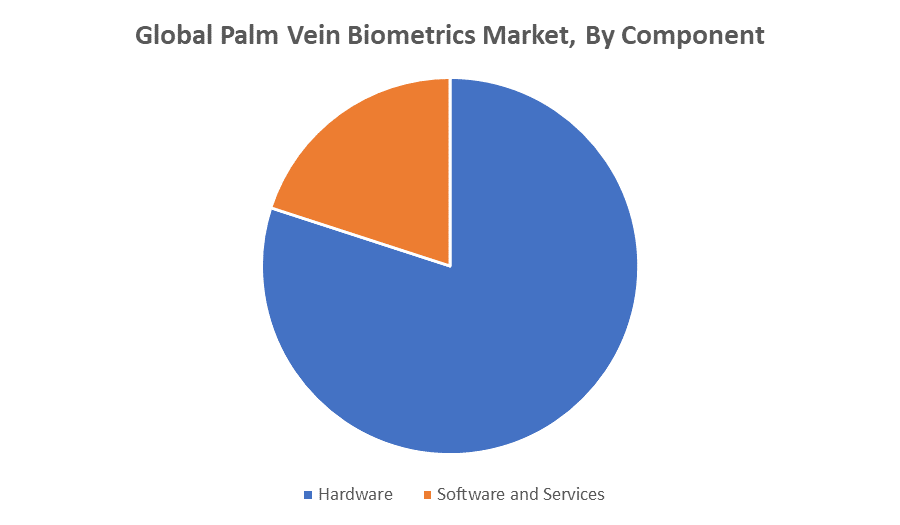
The hardware segment accounted for the largest revenue share over the forecast period due to the high demand for biometric sensors, scanners, and related devices essential for palm vein recognition. Hardware forms the critical foundation for accurate and secure data capture, driving significant investments. Additionally, ongoing advancements in sensor technology and the need for durable, reliable devices in sectors like healthcare and banking contribute to the hardware segment's dominant market position.
Based on the application, the banking and financial sector accounted for the largest market share in 2024
The banking and financial sector accounted for the largest market share in 2024. This is driven by the sector’s increasing need for secure, fraud-resistant, and contactless authentication methods to protect sensitive financial data and transactions. Palm vein biometrics offer high accuracy and reliability, making them ideal for customer verification, ATM access, and secure online banking. Rising cyber threats and regulatory compliance requirements further accelerate adoption within banks and financial institutions worldwide.
North America is anticipated to hold the largest market share of the palm vein biometrics market during the forecast period
North America is anticipated to hold the largest market share of the palm vein biometrics market during the forecast period. This dominance is driven by strong government initiatives focused on enhancing security and identity verification, widespread adoption in sectors like healthcare and banking, and significant investments in advanced biometric technologies. Additionally, growing awareness about data privacy and the increasing need for contactless, secure authentication methods contribute to North America’s leading position in the palm vein biometrics market.
Asia Pacific is expected to grow at the fastest CAGR in the palm vein biometrics market during the forecast period
Asia Pacific is expected to grow at the fastest CAGR in the palm vein biometrics market during the forecast period. Rapid digital transformation, increasing government initiatives for biometric identification, and rising adoption across sectors such as banking, healthcare, and public safety are key growth drivers. Additionally, growing awareness about secure and contactless authentication methods, coupled with expanding infrastructure and investments in emerging economies, contribute to the region’s accelerated market growth.
Recent Development
- In December 2023, Fujitsu Frontech introduced the "PalmSecure Authentication Library Millions Edition," enabling authentication of up to 10 million palm vein patterns. This enhancement utilizes AI technology to maintain high accuracy with a 0.01% false rejection rate, facilitating large-scale applications in sectors like payment, transportation, and events.
- In January 2023, Ingenico partnered with Fujitsu Frontech North America to launch a palm vein-based payment solution. Integrated into Ingenico's AXIUM Android terminals, this system allows customers to authenticate payments by scanning their palm, offering a secure and contactless alternative to traditional methods.
Key Market Players
KEY PLAYERS IN THE PALM VEIN BIOMETRICS MARKET INCLUDE
- Fujitsu Limited
- Hitachi, Ltd.
- M2SYS Technology
- IDEMIA
- BioEnable Technologies
- Keyo
- ZKTECO
- Innovatrics
- Anviz Global
- Green Bit
Market Segment
This study forecasts revenue at global, regional, and country levels from 2020 to 2035. Spherical Insights has segmented the palm vein biometrics market based on the below-mentioned segments:
Global Palm Vein Biometrics Market, By Component
- Hardware
- Software and Services
Global Palm Vein Biometrics Market, By Application
- Banking and Financial Sector
- Healthcare
- Home Security
- Commercial Security
- Consumer Electronics
- Education
- Gaming
- Transportation
- Government
Global Palm Vein Biometrics Market, By Regional Analysis
- North America
- Europe
- Germany
- UK
- France
- Italy
- Spain
- Russia
- Rest of Europe
- Asia Pacific
- China
- Japan
- India
- South Korea
- Australia
- Rest of Asia Pacific
- South America
- Brazil
- Argentina
- Rest of South America
- Middle East & Africa
- UAE
- Saudi Arabia
- Qatar
- South Africa
- Rest of the Middle East & Africa
